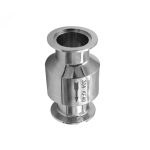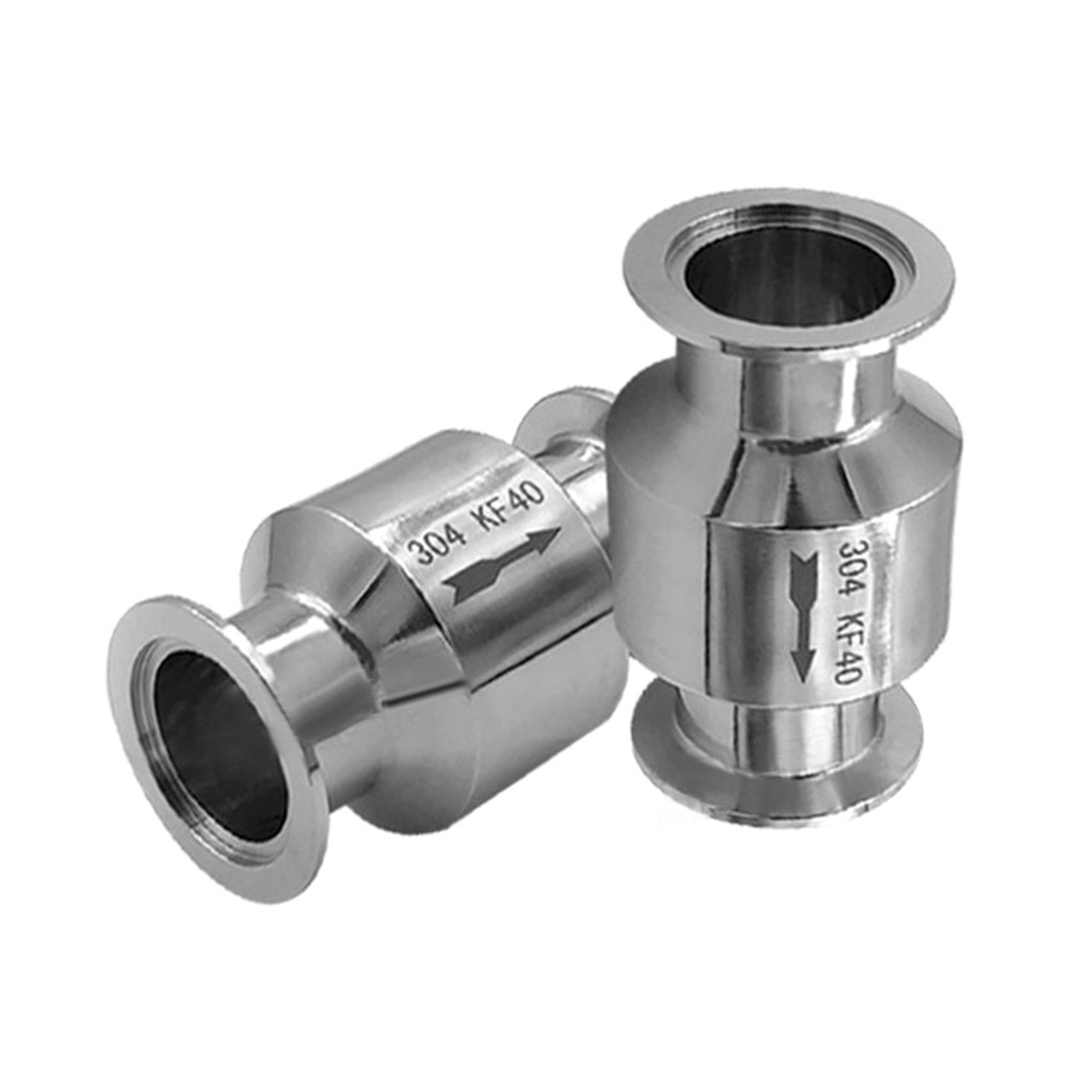
Selection Basis and Components of Valve Electric Actuator
Choose electric actuator according to valve type:
- Angular stroke electric actuator (360 degree rotation) is suitable for butterfly valves, ball valves, plug valves, etc.
The rotation of the output shaft of the electric actuator is less than one revolution, that is, less than 360 degrees, usually 90 degrees to achieve the valve opening and closing process control. This type of electric actuator is divided into two types: direct connection type and base crank type according to the different installation interface methods.
- A) Direct connection type: refers to the form in which the output shaft of the electric actuator is directly connected to the valve stem.
- B) Base crank type: refers to the form in which the output shaft is connected to the valve stem through the crank.
- Multi-turn electric actuator (360 degree rotation) is suitable for gate valves, globe valves, etc. The rotation of the output shaft of the electric actuator is more than one circle, that is, more than 360 degrees. Generally, it takes more than one circle to realize the valve opening and closing process control.
- Straight stroke electric actuator (linear motion) is suitable for single seat control valve, double seat control valve, etc. The motion of the output shaft of the electric actuator is linear motion, not rotating. Because the working characteristics and utilization of the valve electric actuator depend on the type of valve, the working specification of the device and the position of the valve on the pipeline or equipment. Therefore, the valve electric device is an indispensable driving device for the realization of valve program control, automatic control and remote control. Its movement process can be controlled by the stroke, torque or axial thrust.
Valve electric actuators generally consist of the following parts:
Special motor: It is characterized by strong overload capacity, large starting torque, small moment of inertia, short-time and intermittent work.
Deceleration mechanism: used to reduce the output speed of the motor.
Stroke control mechanism: used to adjust and accurately control the opening and closing position of the vacuum valve.
Torque limit mechanism: used to adjust the torque (or thrust) and make it not exceed a predetermined value.
Manual and electric switching mechanism: interlocking mechanism for manual or electric operation.
Opening indicator: used to show the position of the valve in the opening and closing process.







